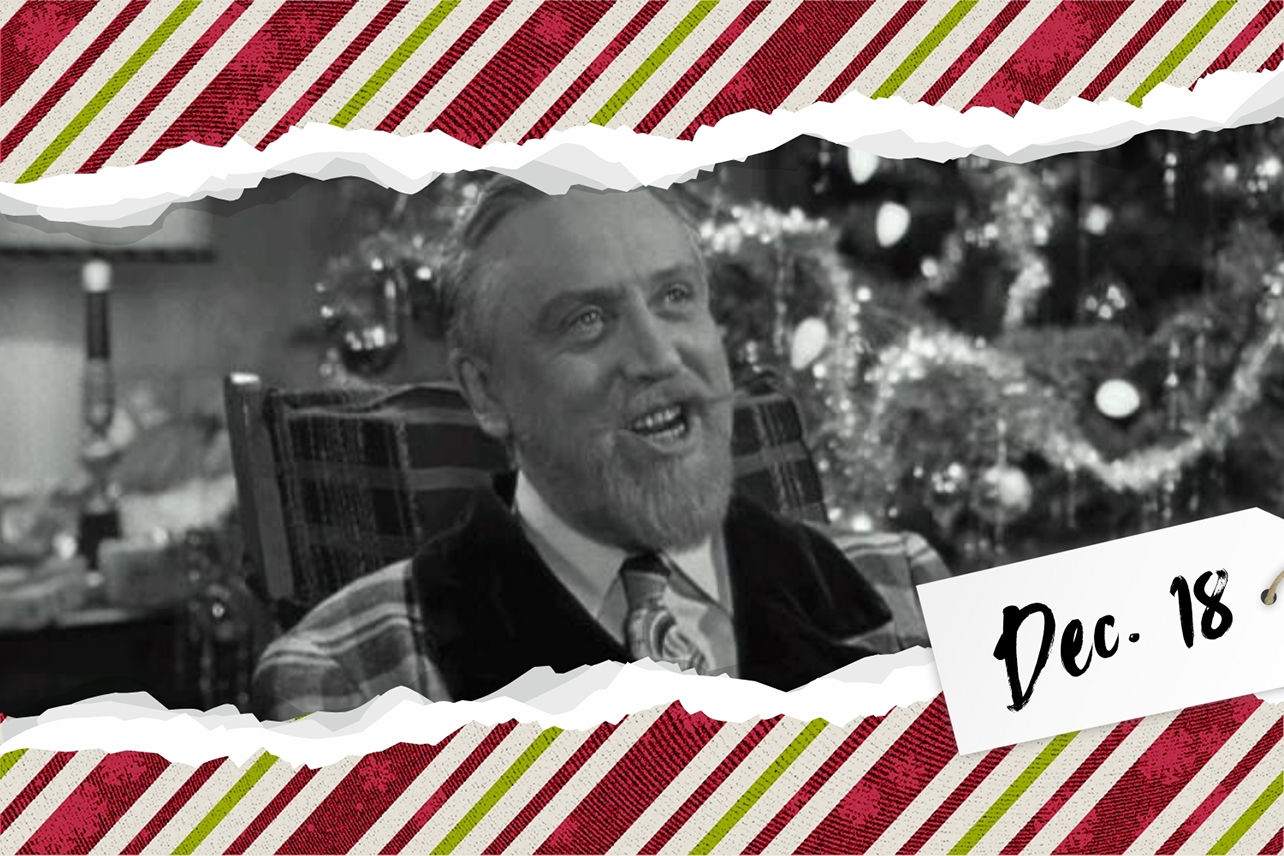The Smashing Machine
Writer / Director: Benny Safdie
Cast: Dwayne Johnson, Emily Blunt, Ryan Bader, Bas Rutten
You've never seen Dwayne Johnson like this. In his performance of UFC trailblazer Mark Kerr, Johnson is vulnerable, intense, and focused on one goal: winning. Through its prologue, The Smashing Machine introduces the audience to an unstoppable force, as Kerr takes down opponent after opponent, enforcing his will. He was invincible. But Johnson and director Benny Safdie are more interested in the battle Kerr had with himself, giving more credence to the lows than the highs. Eventually, The Smashing Machine becomes so much about Kerr's inner demons that it loses its way.
Imagine having to explain what the Ultimate Fighting Championship is. That's where Kerr finds himself in 1999, talking to an elderly woman while waiting to receive care from his physician. By this point, Kerr had become a champion at UFC, but the promise of a bigger prize saw him join a rival production in Japan. Not only was the money better, but the production didn't face regulations like UFC did in that era.
Kerr was dedicated to his profession. There was a thrill that led him to return to the ring again and again. Even though he had never lost a fight, the sport took its toll on his body, eventually leading him to become addicted to painkillers.
Outside of wrestling, the other constant in Kerr's life is his spouse, Dawn Staples (Emily Blunt). She'd be supportive of Kerr's violent profession — making him protein shakes and flying out to Japan to watch his events. Problems arose from Kerr's short fuse as the painkillers flowed through his bloodstream. He'd get easily frustrated by her attempts to help and would often lash out. These domestic battles are more frightening than those in the ring as Kerr's massive figure dominates her.
The biggest influence on The Smashing Machine is undoubtedly Martin Scorsese's Raging Bull. It's as if Safdie set out for the goal of making a UFC version of Scorsese's masterpiece, but Mark Kerr is no Jake LaMotta. Johnson's depiction of Kerr is that of a gentle giant. He's a down-to-earth guy who can be pretty approachable, despite his sheer size and demeanor.
There's a bond between all the fighters that extends outside the ring, even though these men are paid to knock each other out. Nothing exemplifies this more than Kerr's buddy Mark Coleman (Ryan Bader). They train together and depend on each other, but if they were to meet in the ring, they'd be ready to fight.
This tone becomes a problem because everyone is a little too cordial. Coming into a movie like The Smashing Machine, there's an unwritten expectation for graphic violence and cruelty. Now, this is a movie about MMA, so there's plenty of violence, but when most of the conflicts are resolved by the combatants literally hugging it out, the drama is gone.
As an adaptation of a 2002 documentary on Kerr's life, Safdie sought a documentary style for his feature. Working with DP Maceo Bishop (The Curse), they managed to get right into Kerr's head. More importantly than what is happening in a particular sequence is how Kerr analyzes it in his head. The scenes where the other battles take place, the domestic challenges between Kerr and Staples, are staged in a custom-built house with hidden cameras throughout. This makes the action appear spontaneous rather than something that has been rehearsed over and over again. It's an extremely effective way to capture the action, and when Johnson and Blunt come together for the last sequence in the house, it's much more thrilling than what's happening in the ring.
Undoubtedly, the reason to see The Smashing Machine is the performance from Dwayne Johnson. After a series of critical flops like Black Adam and Red Notice, it's easy to see why Johnson was eager to take on the role of Kerr. While Johnson did a very different type of wrestling for the WWE earlier in his career, Kerr allowed Johnson to be something he rarely is on screen: vulnerable. He's always been this titan, a man whose larger-than-life persona couldn't be contained in the wrestling ring. Now he's able to slip into the shoes of Kerr to stunning effect. Also, credit to the makeup department under Glen Griffin, whose subtle but convincing work helped Johnson physically transform into the role.
Blunt and Bader are the only other cast members able to carve out a memorable performance. Blunt's Dawn is reminiscent of Scorsese's leading ladies — supportive until she's not, self-absorbed, and incredibly insecure. Bader, himself a mixed martial artist, easily acclimates himself to the role of Coleman. Coming into the role with no previous acting experience, his arc carries a lot of narrative weight, and he's up to the challenge.
The Smashing Machine, by its nature, has to deliver on two different spectrums— Dwayne Johnson will become Mark Kerr, and it will do for the UFC what Raging Bull did for boxing.
It's undoubtedly Johnson's best work, but it's often too benign to really make us invested in Kerr's professional journey. The closest it comes to making us invested is a montage, like Stallone's Rocky, where Kerr is training for a tournament set to the musical cue of Frank Sinatra's "My Way." The Smashing Machine might not reach lofty expectations, but this just might be the ideal movie for the type of man Kerr is: a bulldozer in the octagon, but a more gracious guy outside.
If you haven't already, consider supporting worker-owned media by subscribing to Pop Heist. We are ad-free and operating outside the algorithm, so all dollars go directly to paying the staff members and writers who make articles like this one possible.






